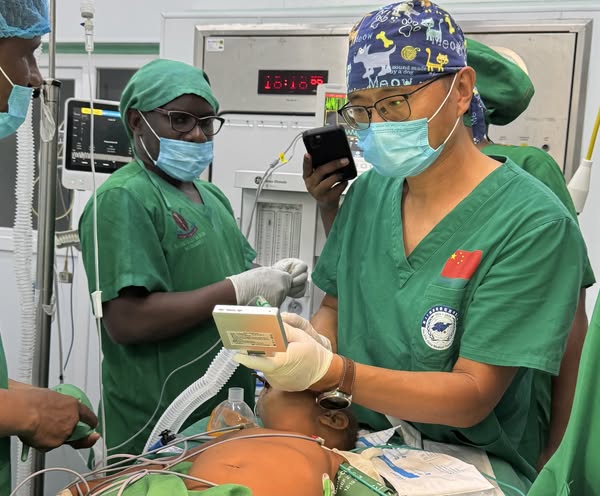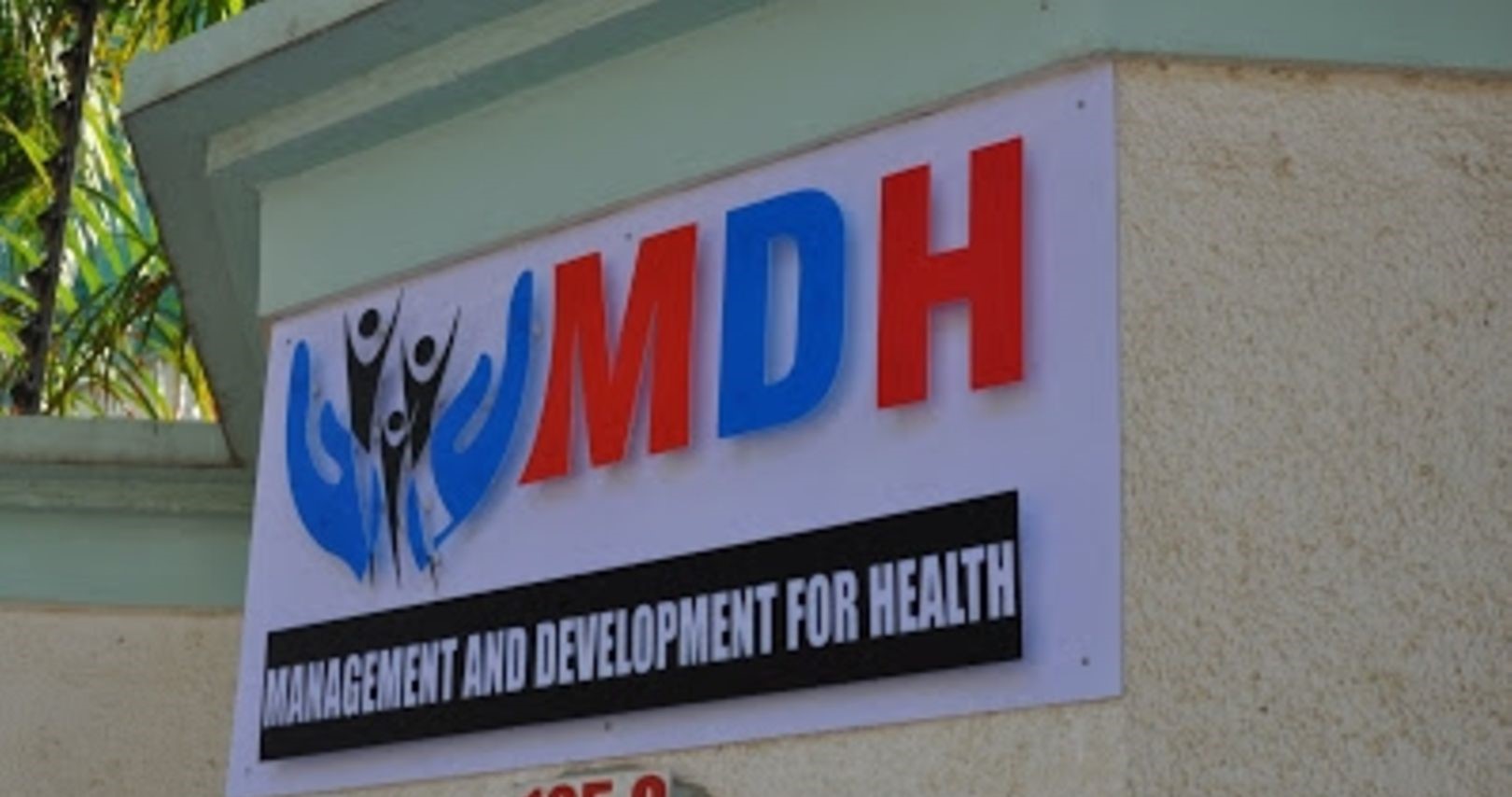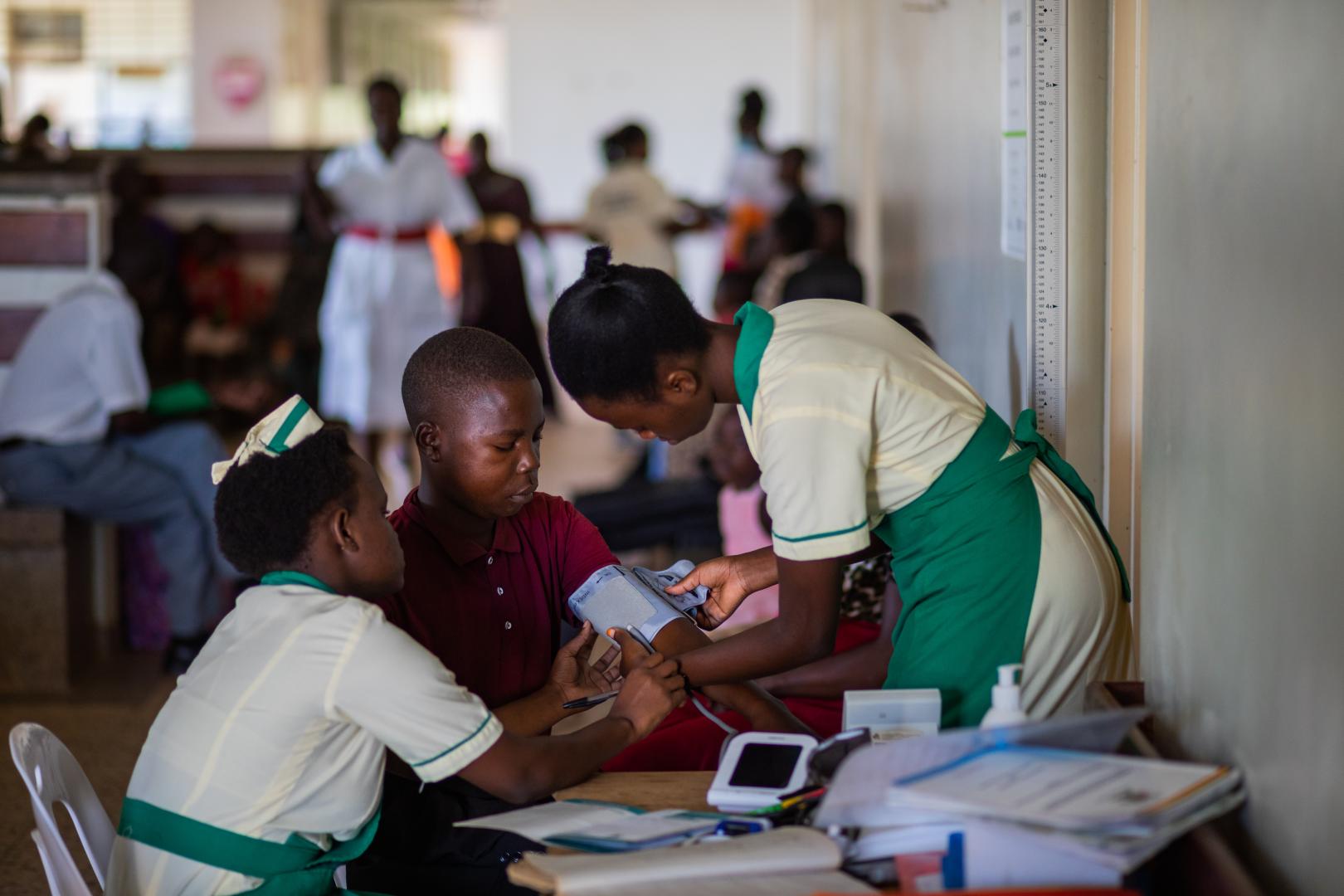The Ministry of Health in Tanzania has confirmed an outbreak of Marburg Virus Disease (MVD) in the Lake Zone district of Bukoba. It is the first ever outbreak of this viral disease in the country.
This comes about 4 days after reports of a “possibly contagious disease” emerged in the district, killing five people, including a health worker, who developed symptoms of fever, vomiting, bleeding from various body openings and kidney failure.
Health Minister Ummy Mwalimu told a press conference on 21 March, 2023 that 161 people are being monitored and the government has stepped up surveillance in the affected areas.
No cases so far have been reported beyond Bukoba Municipality, confirmed the Minister.
“The disease is manageable, it has affected close family members and health workers. I urge everyone to take precautions,’’ she said.
According to World Health Organisation (WHO), the Marburg virus disease, formerly known as Marburg haemorrhagic fever is a severe, often fatal illness in humans.
The interval from when one is infected to onset of symptoms varies from 2 to 21 days, experts say.
The WHO data show that 50% of people who are diagnosed with this disease end up dying of it, however, this percentage may vary from 24% to 88% in past outbreaks, depending on the strain of the virus strain and how the patient has been managed.
Initially, when reports on five deaths emerged, Tanzania described the disease as “unknown” and “possibly contagious” and samples of those affected were sent to the National Public Health Laboratory for investigations.
The Minister told journalists today that the samples tested positive for Marburg and the outbreak was traced in a patient from Goziba Island in Lake Victoria who started displaying symptoms on arrival in Bukoba Municipality.
Also read: In Kagera: Doctor Who Diagnosed Tanzania’s First Three HIV Cases In 1983
“We have been able to contain the disease. We know where the first patient emerged and we have made sure that all family members are closely monitored,’’ said Mwalimu.

Earlier reports indicated that 7 patients contracted disease and 2 were admitted at a hospital in Bukoba. However, it was revealed today that those infected are eight.
“Those who developed symptoms were eight,” said the Chief Medical Officer Prof.Tumaini Nagu at a press conference, explaining further, “The first patient and four others were from the same family. Two others were health workers.”
Reports indicate that one of the health workers, a laboratory technician at Maruku Health Centre died of the disease.
Also read: How This Doctor Handled Patients In Lindi Region Amid Outbreak Fears
The Rapid Response Team that was dispatched to the affected rural areas of Maruku and Kanyangereko wards is further tracing the contacts to establish who else is infected.
Speaking at the same press conference, Dr. Zabulon Yoti from the Country Office of the World Health Organisation in Tanzania praised the government “for being transparent and informing the public about the outbreak.” “This cannot go unnoticed,” said Dr Yoti.
Tanzania has had a record of concealing information about outbreaks. Also read: Impact of ‘data darkness’ and why WHO wants Tanzania to report COVID-19 cases
Bukoba, where the outbreak has been confirmed, borders with Uganda, a country where cases of viral outbreaks have been reported in recent months.
Marburg virus was first recognized in 1967, when outbreaks of hemorrhagic fever occurred simultaneously in laboratories in Marburg and Frankfurt, Germany and in Belgrade, Yugoslavia (now Serbia).
Since early March this year, in neighbouring Uganda, the World Health Organisation has been monitoring cases of Viral Haemorrhagic Fever after public health authorities in the country confirmed twelve (12) human cases in the greater Mbarara areas.
To know if you have contracted the virus. First, it begins abruptly, with high fever, severe headache and severe malaise. Muscle aches and pains are a common feature. Severe watery diarrhoea, abdominal pain and cramping, nausea and vomiting can begin on the third day. Diarrhoea can persist for a week.
Africa CDC says preventive measures against Marburg virus infection are not well defined, as transmission from wildlife to humans remains an area of ongoing research. However, avoiding fruit bats, and sick non-human primates in central Africa, is one way to protect against infection.
Measures for prevention of secondary, or person-to-person, transmission are similar to those used for other hemorrhagic fevers. If a patient is either suspected or confirmed to have Marburg hemorrhagic fever, barrier nursing techniques should be used to prevent direct physical contact with the patient.
Currently there are no vaccines or antiviral treatments approved for the disease. However, supportive care – rehydration with oral or intravenous fluids – and treatment of specific symptoms, improves survival.









1 comment
Comments are closed.